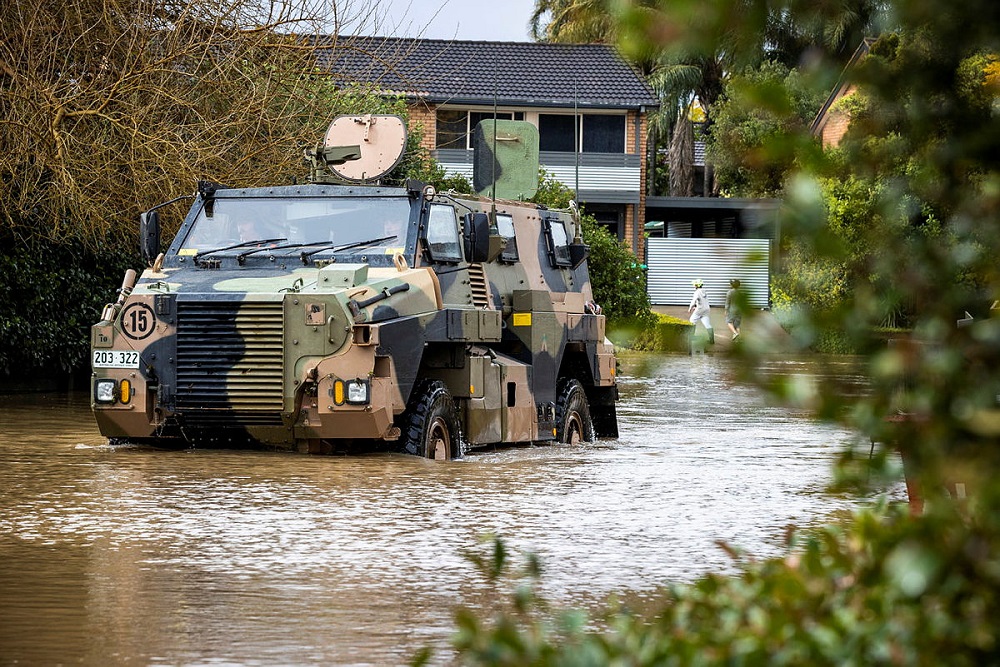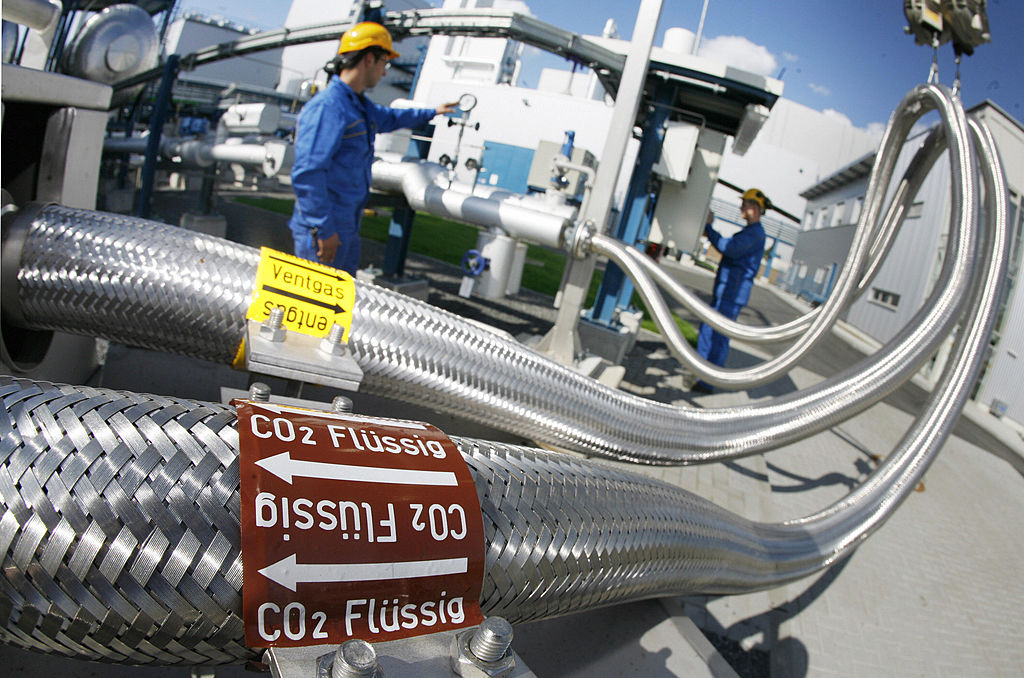Climate risks to security in the Indo-Pacific: Indonesia in 2035

Australian policymakers are vastly underestimating how climate change will disrupt national security and regional stability across the Indo-Pacific.
A new ASPI report assesses the ways climate impacts could threaten Indonesia’s economic and security interests in the next decade, driving consequences across the Indo-Pacific at a crucial time for both the country and the region.
If we fail to anticipate and adapt to accumulating climate-driven risks, we risk stumbling blindly into crises that could lead to severe losses in security, finance and life. Indonesia is one of Australia’s nearest neighbours and will play an increasingly important role in regional affairs in the years ahead. We must understand and address the full implications of climate change for Indonesia and, by extension, our shared future.
The report identifies three key pathways to compounding and destabilising climate disruptions in Indonesia.
One is significant food insecurity that comes from declining domestic production due to shifting rainfall patterns and seasonal extremes, heightened sensitivity to global food price shocks, and a diminished government capacity to absorb these economic disruptions.
The second is large-scale population displacement. Indonesia has a high coastal population density and so is particularly vulnerable and exposed to climate-amplified coastal flooding from sea-level rise and storm surges.
The third is slowed economic growth resulting from reduced agricultural output, declining revenues from stranded fossil-fuel assets, and rising disaster-related costs affecting infrastructure and supply chains.
While the physical impacts of climate change are already intensifying, the most concerning outcomes globally will arise from social, economic and political disruptions which are far more difficult to predict or manage than isolated disaster events.
Given an already unstable global context of rising geopolitical tensions, climate impacts will only magnify this volatility. For example, in 2023, a drought rendered the Panama Canal impassable, just as Red Sea shipping was being disrupted by Houthi attacks. Russia’s invasion of Ukraine in 2022 constrained a major source of global wheat supply, while India’s ban on certain rice exports further strained global food markets, affecting many communities globally that were already food insecure.
We have focused this report on Indonesia because of its geopolitical significance, rapidly growing economy, large population and its high exposure to complex climate risks. While we do not assess Indonesia’s considerable capabilities to manage these risks, we highlight the intensity of challenges that may be underestimated by policymakers.
With this in mind, the Indonesian government and its regional partners—including Australia—must work together to anticipate and prepare for climate disruptions of this scale. The report makes research and policy recommendations to guide those efforts and lays the foundation for proactive diplomacy and effective international development interventions in the Indo-Pacific. These include:
—Conducting future analyses of the systemic economic impact of climate change across the Indo-Pacific, with a particular focus on Indonesia;
—Prioritising regional collaboration on climate-amplified population displacement;
—Strengthening regional and global diplomatic efforts to enhance cooperation and reduce volatility in the global food system; and
—Expanding food security initiatives to mitigate the effects of climate change on domestic food production.
The report also suggests that Indonesia and its partners should prepare for diminishing economic and disaster relief support across Southeast Asia, including by advancing the value proposition for continued public and private sector investment in regional climate resilience
We hope this report sparks a vital conversation about how Indonesia, Australia and regional partners can better prepare for significant and rapidly emerging climate disruptions. In coming months, we plan to apply the same analytical approach to other countries across the region, as we have done by highlighting the significant risks Australia faces and the need for it to rapidly build climate resilience.
Beyond Indonesia’s preparedness, there is a pressing need for a deeper public discussion in Australia about cross-border climate risks. Despite Australia’s future being inextricably linked to the Indo-Pacific, awareness and discussion of these issues remain limited.
Neither the Office of National Intelligence’s national assessment of climate and security risks (or even de-classified findings from it), nor the Department of Climate Change, Energy, the Environment and Water’s National Climate Risk Assessment have been released publicly. In the absence of their release, more analyses like those in this report are needed to fill the gap in strategic public conversations on climate issues
We must clarify and prioritise national efforts to reflect the scope and scale of investments needed to adapt to climate change at home and abroad. Exploring complex climate risks also helps us better understand the underestimated high costs of inaction and the consequences of failing to prevent worst-case climate futures.
In the absence of this forward-looking conversation, we leave blinders on our security and economic outlooks, leaving us unprepared for climate-amplified disruption.







